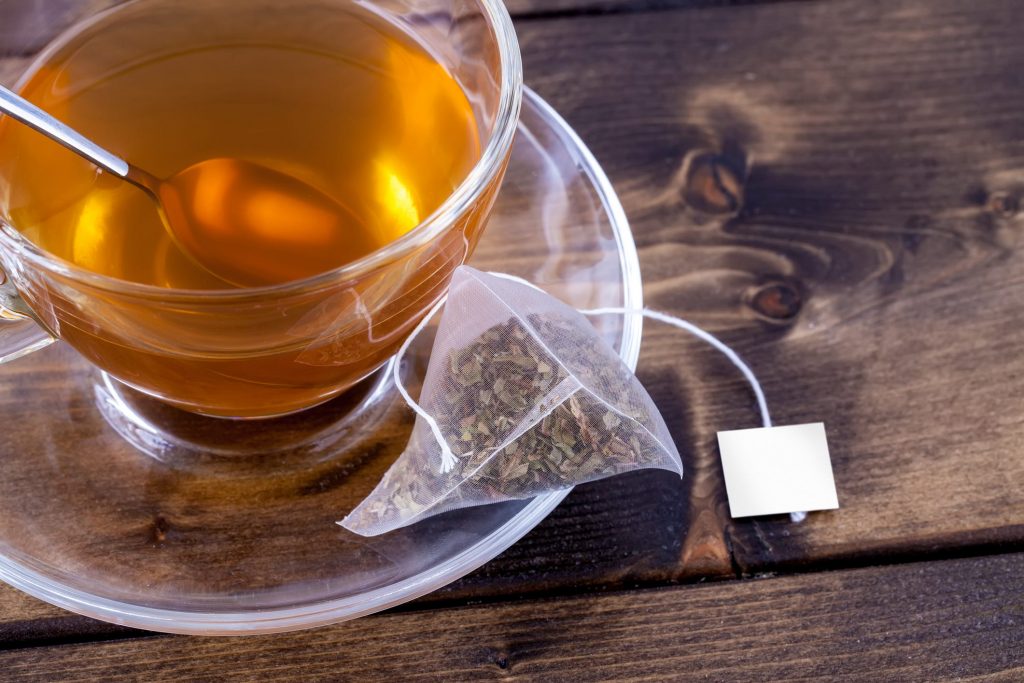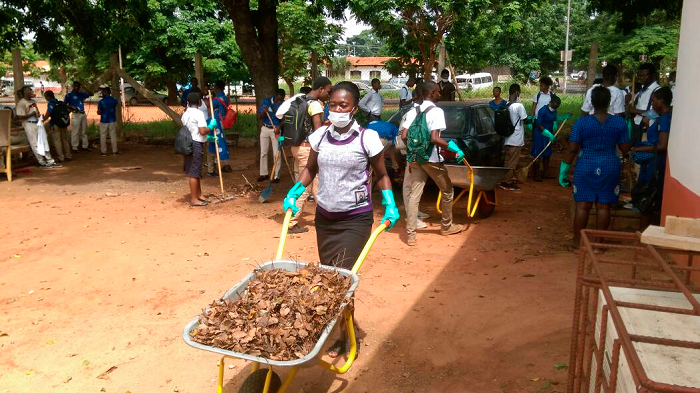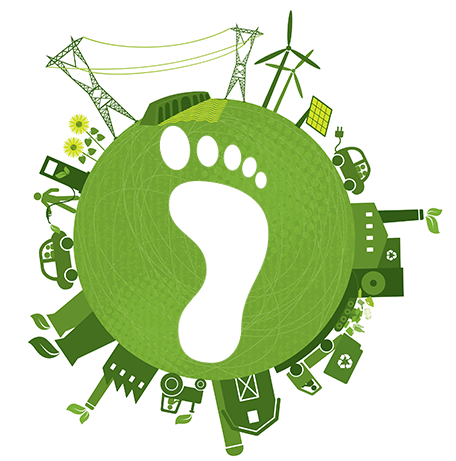HEALTH BENEFIT OF CONNECTING WITH NATURE
The health benefits of spending time in nature are massive. Some of these benefits relate to our physical health, demonstrating time outside has direct impacts on health measures such as blood pressure, heart rate, cholesterol, and blood sugar levels. A large part of these benefits has to do with the physical activities that happen in […]
THE BLACK AND WHITE OF TEA BAGS

You would probably be surprised to learn that most tea bags contain up to 25% plastics. The main reason for this is that in order for the tea bags to seal up and keep their shape in hot liquid, a plastic polymer, namely polypropylene, must be added. This is usually so that the tea bag […]
UNFAMILIAR MATTERS ON GLITTERS

Glitter is the icing on the cake of the craft and makeup world. Made of tiny pieces of plastic bonded with aluminum, glitters are quite charming but dangerous. According to scientific research, glitters are hazardous to the environment; especially the world’s ocean. When washed down the drain they become a subset of marine plastic litter […]
SANITATION AND HYGIENE

Sanitation and hygiene are critical to health, survival and development. Many countries are challenged in providing adequate sanitation for their entire populations, leaving people at risk for water. Throughout the world, an estimated 2.4 billion people lack basic sanitation (more than 32% of the world’s population). Basic sanitation is described as having access to facilities […]
RELATIONSHIP WITH YOUR ENVIROMENT

Human activity causes environmental degradation, which is deterioration of the environment through depletion of resources such as air, water and soil; destruction of ecosystems; habitat destruction; extinction of wildlife; and pollution. The environment has an effect on people’s behavior and motivation to act. When an environment is clean and neatly arranged, it influences the mood […]
HUAWEI IDP INTERVENTION REPORT

It is December, just when the wind was getting chilly, with most people taking a deserved break from work to travel and be with loved ones. When the exchange of gifts becomes commonplace, it’s quite easy to overlook a few things, especially those that matter. But, in the spirit of giving and community awareness, HUAWEI […]
Nestlé Nigeria and Wecyclers To Tackle Waste Pollution In Lagos

There is growing concern around the quantity of plastic waste entering the natural environment, harming wildlife and damaging ecosystems globally. It is estimated that 70% of all ocean litter is plastic. The environmental impact is so enormous that the United Nations (UN) has described it as a planetary crisis that is causing irreparable damage. In […]
Why A Retreat To Nature Can Be So Therapeutic

Psychotherapist and philosopher Erich Fromm (1900-1980) called the longing for nature biophilia. This is people’s love for nature, for the living. The term comes from the Greek and literally means “love of life or living systems.” After Fromm’s death, the evolutionary biologist and professor at Harvard University, Edward O. Wilson, adopted this term and introduced […]
The Reality Of Carbon Footprint

If you really want to reduce your carbon footprint, have fewer kids and ditch your car…! Carbon footprint is the amount of carbon dioxide released into the atmosphere as a result of the activities of a particular individual, organization, or community. The most common way to reduce the carbon footprint of humans is to Reduce, […]
How nature can help us heal from grief

Here’s how you can help friends and family during somber times. Death is a part of life. It’s a cliché. But clichés exist for a reason. The fact is we are surrounded by dying each and every day. Every time we step out in our yard, we are seeing an abundance of life. But we’re […]
